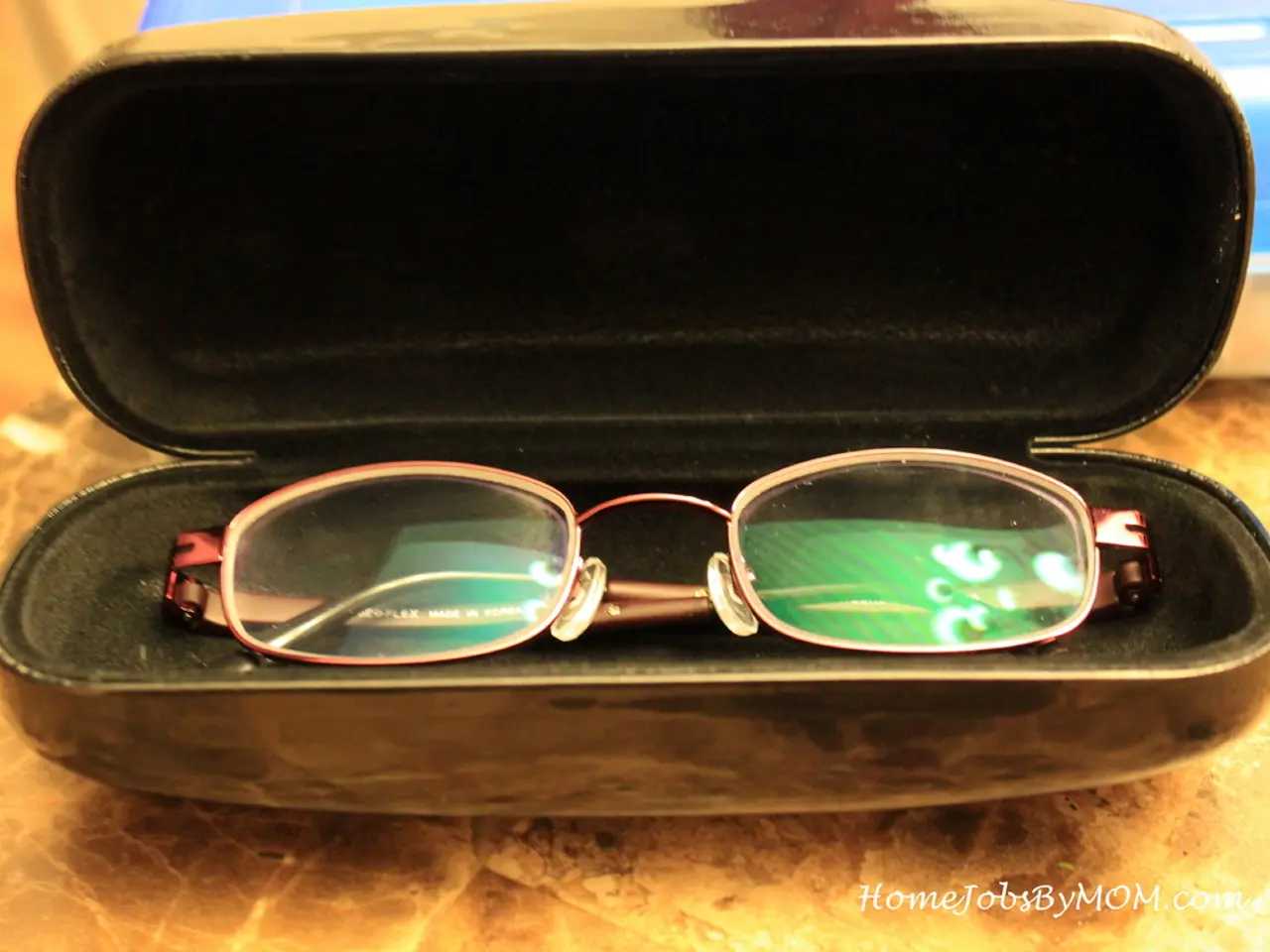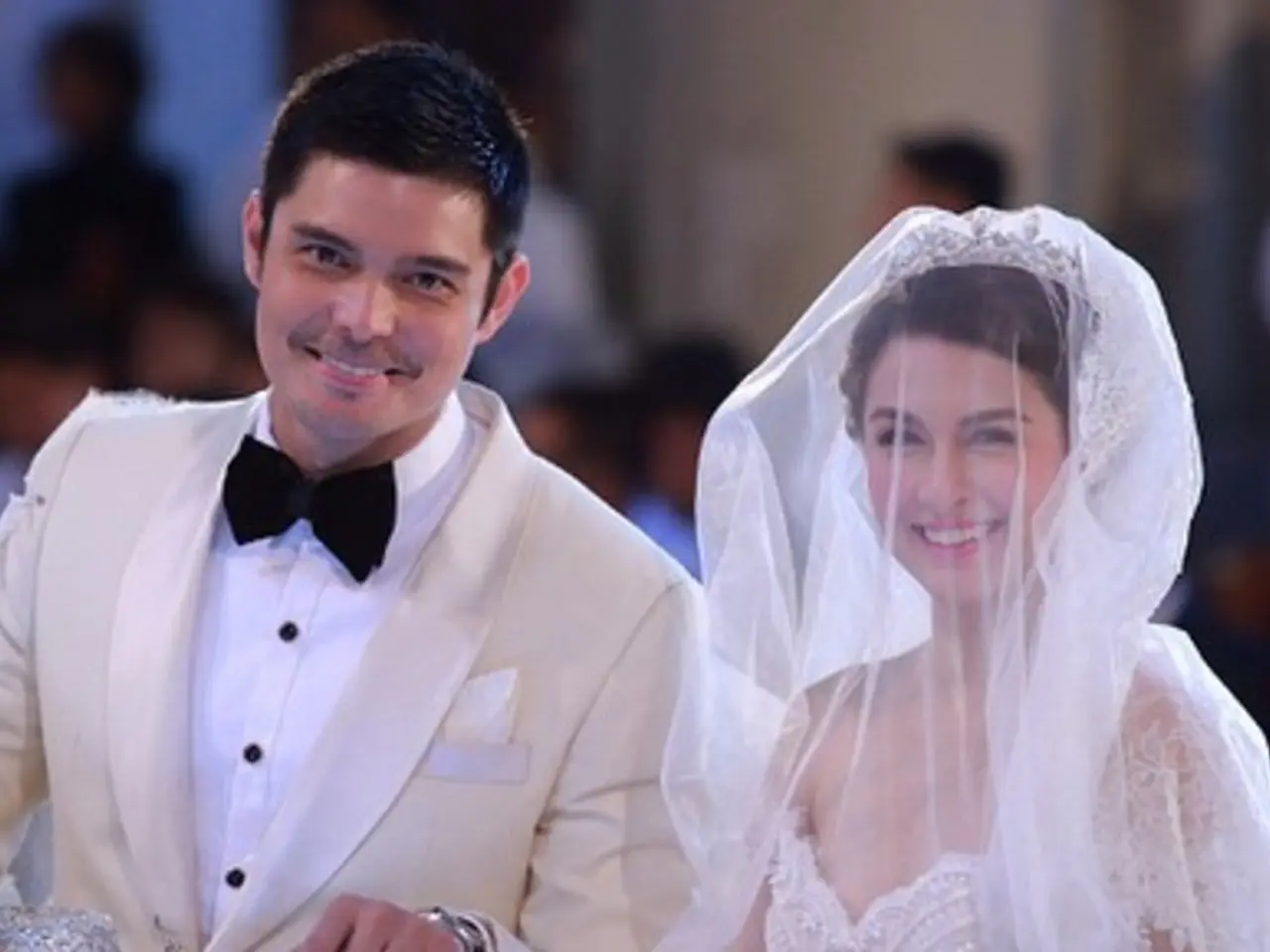Modern films increasingly prioritize visual effects over substantive narratives
In the realm of contemporary filmmaking, a harmonious blend of visual spectacle and narrative depth has become the norm. This shift is a response to audience expectations, fueled by advancements in technology, and a desire for immersive experiences [1].
Viewers now anticipate a visually stunning experience that transports them into the film's universe. However, it's essential to maintain a balance, for character arcs may be sacrificed for breathtaking visuals in contemporary cinema [2]. Integrating visual effects seamlessly into the narrative helps maintain coherence and depth [3].
Modern cinema has seen an increased emphasis on visual effects, with high-budget productions investing heavily in CGI and special effects to create visually appealing scenes [4]. Yet, the plot may become secondary to visual grandeur in modern films, causing growing concern that the focus on visual spectacle might be overshadowing the depth and intricacy of storytelling [5].
Crafting multidimensional characters can ensure that visual elements serve to enhance, rather than replace, the emotional core of the story [6]. Collaboration between screenwriters, directors, and visual effects teams can help maintain a balance where neither the story nor the visuals overpower each other [7].
Many audience members still yearn for compelling stories that offer emotional depth and character development. They prefer when visual effects enhance the story rather than overshadow it [8]. The trend towards visual spectacle may impact the audience's emotional engagement in contemporary cinema [9].
Technological advancements enable filmmakers to create previously unimaginable visuals, but they must be wielded with care to avoid overshadowing the narrative [10]. Critics argue that modern blockbusters often prioritize spectacle over substance, leading to movies that may lack emotional resonance and character development [11].
However, the art of cinematic storytelling transcends this trend. Modern films and animations continue to prioritize story depth alongside visual spectacle rather than favoring spectacle at the expense of narrative richness [12]. Iconic films throughout cinema history have advanced the art form by evolving visual techniques that serve the narrative and human experience, not overshadow them [13].
The implications for cinematic artistry are significant. Visual spectacle alone is insufficient for lasting impact or artistic merit. True cinematic brilliance arises from a delicate balance between visual innovation and storytelling substance, enabling films to resonate emotionally and intellectually [14].
This balance is not unique to cinema. In theater, musicals lean more into spectacle, while plays emphasize story and character depth, illustrating that spectacle and narrative function differently across mediums but storytelling remains central to artistic value [15].
In summary, modern cinema increasingly values storytelling depth as essential even as visual spectacle evolves. Prioritizing spectacle without story risks reducing film to mere sensory entertainment, whereas integrating both advances cinematic artistry and deepens audience engagement.
- In the era of modern filmmaking, a combination of visual allure and narrative profundity has emerged as the norm, catering to audience demands and advancements in technology.
- In contemporary cinema, viewers expect an immersive visual experience that transports them into the film's world, but it's crucial to maintain a balance to avoid neglecting character arcs for dazzling visuals.
- By integrating visual effects naturally into the narrative, coherence and depth can be maintained in modern movie productions.
- Modern cinema has witnessed a heightened preference for visual effects, with major studios investing heavily in CGI and special effects to create visually striking scenes for film and animation.
- Some concern mounts that the focus on visual grandeur in modern films may be dimming the light on narrative sophistication and character development.
- Crafting complex characters can help ensure that visual elements complement, rather than usurp, the emotional core of the story, in both films and animated movies.
- Collaboration between screenwriters, directors, and visual effects teams can create a balance, allowing neither the story nor the visuals to dominate in the filmmaking process, resulting in a better-rounded cinematic experience.








